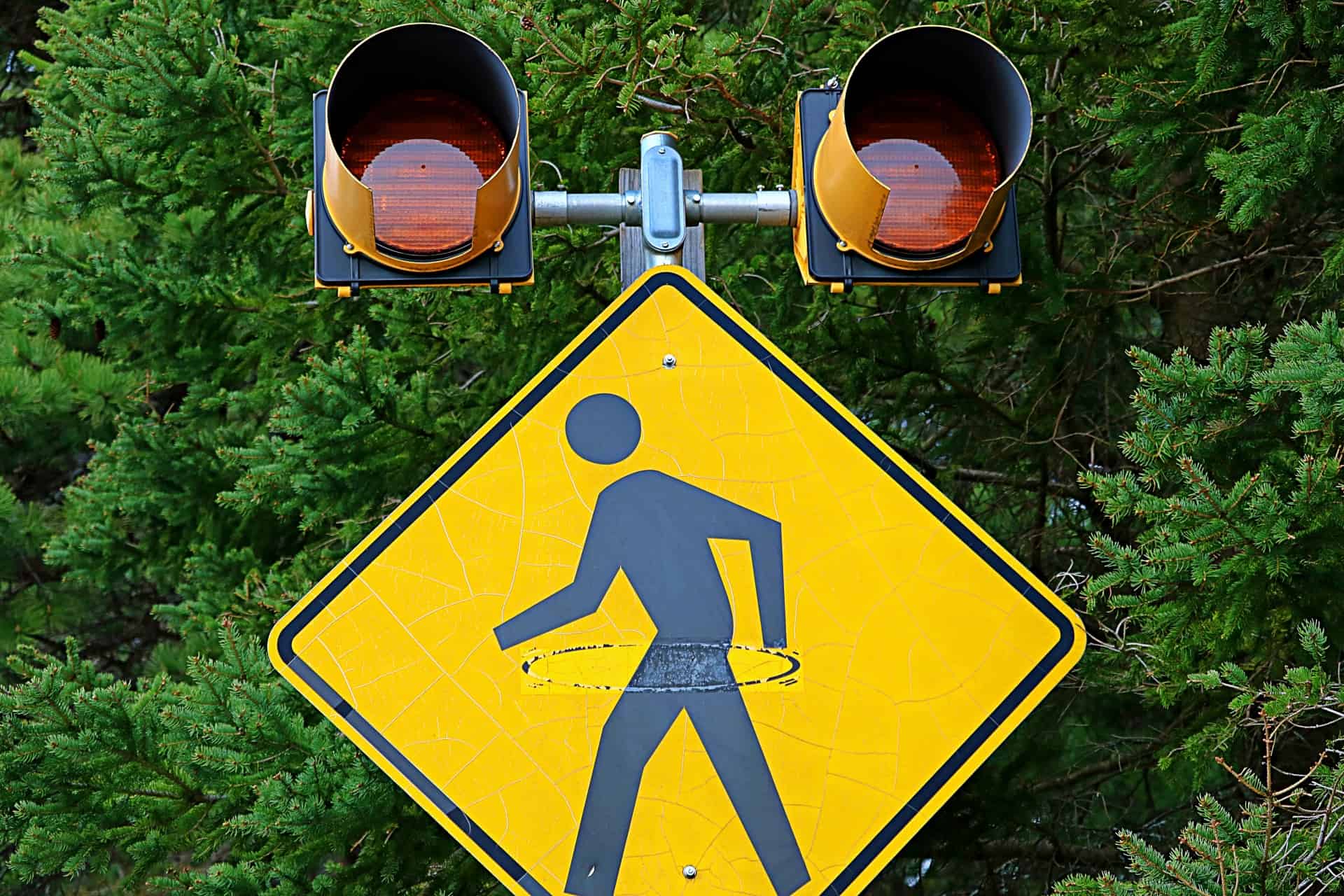Here’s how Burlington wants to improve its most dangerous intersections
Published December 10, 2019 at 2:00 pm

City of Burlington Transportation Services has put forth a recommendation to the Planning and Development Committee that could mean safer roads for both vehicles and pedestrians.
City of Burlington Transportation Services has put forth a recommendation to the Planning and Development Committee that could mean safer roads for both vehicles and pedestrians.
In March of this year, staff used “advanced screening and ranking methods” to identify the following high collision intersections in Burlington:
- Brant Street and Lakeshore Road
- John Street and Lakeshore Road
- Caroline Street and John Street
- James Street and Pearl Street
- John Street and James Street
At the advice of consultants, staff says it has come up with several recommendations.
Brant Street & Lakeshore Road
Staff says a road safety study revealed a high number of collisions involving pedestrians occurred at this intersection, as well as rear-end collisions on the east and west approaches to the intersection.
Key recommendations:
- Install enhanced pedestrian crosswalk pavement markings on all approaches to the intersection.
- Modify the location of the stop bar for the southbound left turn lane to improve the visibility of pedestrians within the crosswalk for vehicles in the southbound right turn lane.
- Install “Watch for Pedestrians in Crosswalk” signs.
- Increase the size of the traffic signal indications for improved visibility.
Mayor puts forward a staff direction: to explore expanding all-way stop traffic controls, look at refuge islands and potential of separated signals at high volume pedestrian intersections.
The staff recommendation, as amended with the staff direction, carries.
— Marianne Meed Ward (@MariannMeedWard) December 3, 2019
Lakeshore Road & John Street
According to staff, traffic conditions during the afternoon peak period on Lakeshore Rd could be a contributing factor in the number of collisions at this location.
Key recommendations:
- Install hatched pavement markings within the intersection to discourage queued vehicles in the westbound direction from stopping within the intersection.
- Relocate the “Do Not Block Intersection” sign to increase visibility.
- Implement advanced traffic management techniques along the Lakeshore Road corridor in an effort to minimize congestion and increase traffic flow.
Caroline Street & John Street
The staff investigation revealed that during its analysis period, most collisions were “of the right-angle variety” and involved northbound versus westbound vehicles. Staff added that numerous “conflicts” between pedestrians and vehicles occurred due to drivers “appearing to perceive this intersection as an all-way stop-controlled intersection rather than two-way stop-controlled intersection”.
Key recommendations:
- Based on future traffic conditions, all-way stop traffic control could become less suitable in favour of traffic signals.
- Staff will continue to monitor the intersection after implementation of the all-way stop control.
James Street & John Street
Traffic conflicts between westbound and northbound vehicle movements have resulted in a high number of angle collisions over the last 5 years, according to the report. It suggests many drivers appear to perceive this intersection as an all-way stop-controlled intersection “which has historically contributed to collisions”.
Additionally, on-street parking could be creating reduced visibility for vehicles exiting John Street. Westbound vehicle queues extending from the intersection of James St at Brant St during the afternoon peak period may also be contributing to collisions due to blocked visibility.
Key recommendations:
- Remove the existing overhead red flashing beacon located in the center of the intersection facing northbound and southbound traffic and install supplementary flashing beacons above stop signs to be consistent with other nearby intersections.
- In the future, review the feasibility of converting the two-way stop control at James Street and John Street to a signalized intersection through a detailed operational review and queuing analysis along James Street.
“Since the completion of the road safety review at this intersection, a Construction Management Plan for the development of 421 Brant Street has been implemented, including the closure of the westbound curb lane, elimination of on-street parking and shifting of all travel lanes southerly,” said the report. “This provided the opportunity to make minor changes to the pavement markings to deter westbound vehicles from queuing through the intersection of John Street and James Street.”
“In addition, the temporary elimination of on-street parking on the south side of James Street provides an opportunity to assess the impact-to-collision frequency over the duration of the construction of 421 Brant Street.”
James St & Pearl St
A staff review of the collision history at this intersection revealed that “angle collisions” are the predominant trend due to drivers failing to “yield right-of-way”, suggesting that the existing stop signs are not being noticed by motorists.
Key recommendations:
- Install supplementary flashing beacons on top of the existing stop signs to raise awareness to the presence of the signs.
- Review traffic volumes at the intersection in 2020 and perform an analysis to determine the need for traffic signal installation in the future.
Brant St Pedestrian Crossovers
City staff says studies were conducted at six commonly used pedestrian crossing locations along downtown Brant St. Despite safety measures, staff says “there continues to be conflict and at times confusion that arises at these locations creating the potential for collisions.
Based on the results of the pedestrian studies, staff recommended the installation of pedestrian crossovers at the following locations:
- Brant Street at Pine Street
- Brant Street at Elgin Street
- Brant Street at Maria Street
The cost of the pedestrian crossover installations is estimated to be approximately $60,000, according to Transportation Services. This project would reportedly be funded through existing operating and capital funding sources.
The recommendations will head to City Council on Dec. 16.
insauga's Editorial Standards and Policies advertising





